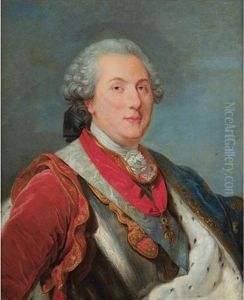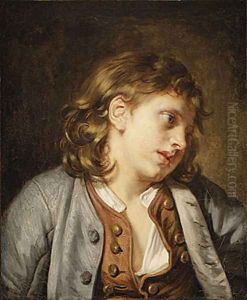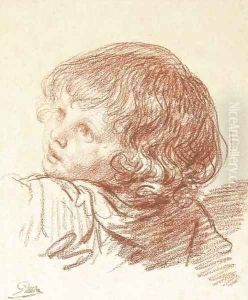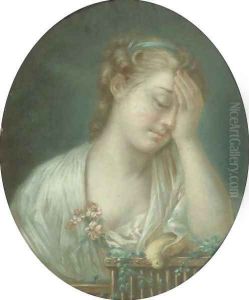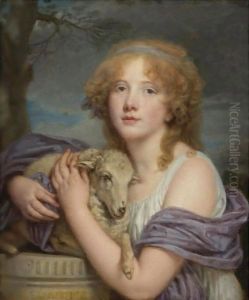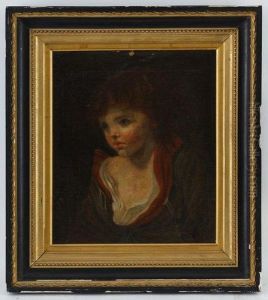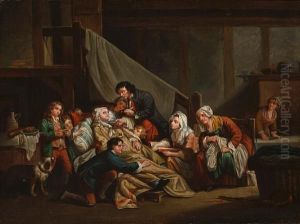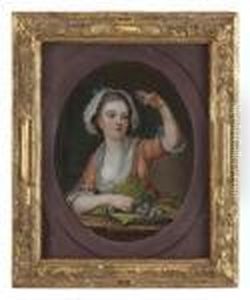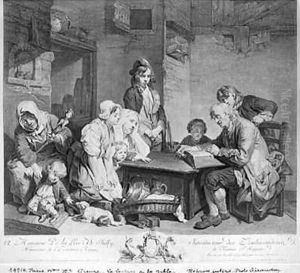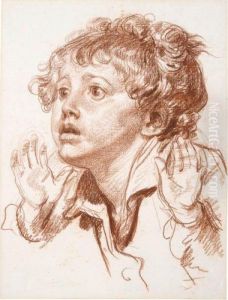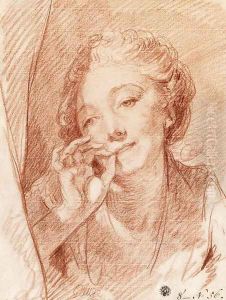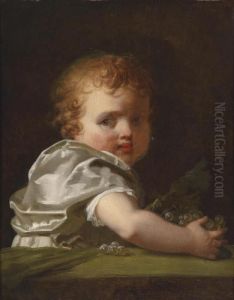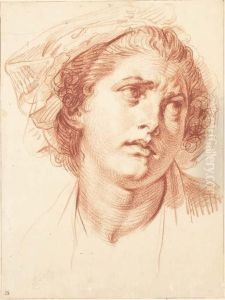





Portrait Of A Boy, Sometimes Presumed To Represent Louis-charles,duc De Normandie, Dauphin Of France
-
About Reproduction
Discover the allure of art with our faithful reproduction of "Portrait Of A Boy, Sometimes Presumed To Represent Louis-charles,duc De Normandie, Dauphin Of France", originally brought to life by the talented Jean Baptiste Greuze. Unlike posters or prints, our hand-painted oil painting breathes an unique sense of depth and texture into your space. Every detail, every stroke, and every texture is meticulously recreated, paying the perfect homage to Jean Baptiste Greuze and his artistic vision.
Owning this piece is more than just decoration - it's a statement of your refined taste in art. Let the vibrant colors and intricate details of this replica serve as a daily reminder of the beauty in our world. Elevate your decor and appreciate the richness of art with our replica of this masterpiece.
-
Painting Description
"Portrait of a Boy, Sometimes Presumed to Represent Louis-Charles, Duc de Normandie, Dauphin of France" is an evocative painting by the French artist Jean Baptiste Greuze (1725–1805), who was renowned for his portraiture and genre paintings that often carried moral themes. This particular work is notable for the ambiguity surrounding the true identity of the young subject, who has been tentatively identified as Louis-Charles, Duc de Normandie, who later became known as Louis XVII of France. The painting is believed to date from the late 18th century, a period marked by the tumultuous events of the French Revolution.
Jean Baptiste Greuze achieved considerable success in his lifetime, particularly with his domestic scenes imbued with sentiment and moralizing undertones. His portraits, however, were equally significant, capturing the sensibilities of the French Enlightenment with a focus on the innocence of youth and the virtues of the middle class. "Portrait of a Boy" is characteristic of Greuze's sensitive approach to portraiture, with a directness and intimacy that suggest a psychological depth in the young sitter.
The painting's attribution to Greuze is based on stylistic analysis and historical context, as his works often depicted children and adolescents with a combination of idealization and realism. The identification of the boy as Louis-Charles is more speculative and has been a subject of debate among art historians. Louis-Charles was the second son of King Louis XVI and Marie Antoinette and was recognized as the Dauphin following the death of his elder brother. If the boy in the painting is indeed Louis-Charles, the work gains a poignant significance, as his short life was marked by the upheaval of the revolution and his subsequent imprisonment and early death.
The portrait is executed with a softness and warmth that are hallmarks of Greuze's style. The boy's gaze, attire, and the quality of light contribute to the painting's emotional resonance, inviting viewers to ponder the life and fate of the subject, whether he is the young prince or a different child of the era.
As with many historical artworks, the provenance and critical interpretations of "Portrait of a Boy" contribute to its mystique and enduring interest among scholars and the public alike. The painting stands as a testament to Greuze's skill in portraiture and the enduring fascination with the figures of the French Revolution.
-
Lead Time & Shipping
When you order this oil painting replica, it typically takes 2-3 weeks to paint. If the artwork is more complex, it might need a little more time to ensure the best quality. Once it's ready, we'll send you a photo for your approval. After you give the green light, we'll ship it to you for free.
-
Return & Refund
We believe in the quality of our hand-painted oil painting reproductions, and your satisfaction is our priority. If for any reason, you are not completely satisfied with your purchase, we offer a 45-day return policy. You can return your artwork within 45 days of receipt and receive a full refund. Please note that the artwork must be returned in the original packaging and in the same condition as it was received.





